The “Farm to Fork” strategy has been designed to improve the European food system, making it more sustainable in many respects. One of its objectives is to ensure food security, nutrition and public health, making sure that everyone has access to sufficient, safe, nutritious and sustainable food.
Improving the “health” and “safety” aspects of the food on our tables is perceived as an urgent and sensitive issue across continents.
Enjoying a cup of tea in the morning and eating rice as an accompaniment to a meal are well-established habits over the world and in some places more than in others.
)
For this reason, the results of two Indian studies regarding the presence of toxic heavy metals in tea leaves and in paddy fields are alarming. In this region, tea – after water - is the most widely consumed drink and rice is a fundamental component of traditional cooking (special varieties such as basmati or patna are also produced here).
According to the first study1, due to a change in soil characteristics the indiscriminate use of pesticides and fertilizers leads to accumulation of toxic heavy metal like Lead (Pb), Arsenic (As), Copper(Cu), Nickel (Ni) and Cadmium (Cd) in tea leaves and buds. To complicate matters, there is a lack of regulation in India: an abundance of loose tea powder leaves is very often sold in the local market without proper labelling and regulatory license.
Among other sources, researchers pointed out that fertilizers are a significant source of heavy metal contamination in soil, especially in terms of cadmium pollution. High fertilizer applications and acidic atmospheric deposition, combined with insufficient calcination, can also cause an increase in the presence of heavy metals, including cadmium. Consequently, the deterioration of food quality, the leaching of metals and the impact on the soil organism are reported.
The second study2, in the form of a risk assessment, conducted near Kalpakkam in Tamil Nadu in southern India, highlighted how consuming rice can expose humans to toxic heavy metals accumulated in the rice grain. The researchers who conducted the study aimed to evaluate the effects of agricultural chemicals, particularly chemical fertilizers applied in rice fields, which are known to release potentially toxic heavy metals into the soil.
The HRI (Health Risk Index) values for adults and children were 1,561 and 1,360, respectively, indicating that both adults and children may experience some adverse health effects in the future, particularly as chemical fertilizers and pesticides used indiscriminately by Indian farmers are probably the main sources of toxic heavy metals accumulated in rice fields.
Indian researchers concluded their studies with the hope that regulatory authorities will make comprehensive and harmonised guidelines in the near future to minimise the impact of heavy metals on human health.
1. Jana, S., Mahanti, B., & Sur, D. (2017). Presence and source of toxic heavy metals in camellia sinensis shoot. Int J pharm Sci Res, 8(6), 2402-2407.
2. Satpathy, D., Reddy, M. V., & Dhal, S. P. (2014). Risk assessment of heavy metals contamination in paddy soil, plants, and grains (Oryza sativa L.) at the East Coast of India. BioMed research international, 2014.

